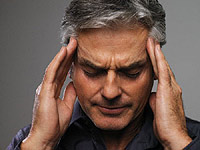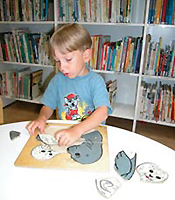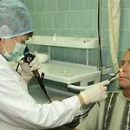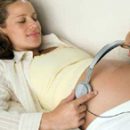This article describes the symptoms and methods of diagnostics of the arachnoid cyst of the brain.
Content
Arachnoidal cyst - the so-called Likvornian cyst. Likvor is a spinal?I am liquid.
Primary (true) Arachnoid cysts - congenital formations, secondary arise after transferred meningitis, operational intervention, with marfan syndrome, corporest body anesthesia.
Arachnoid cysts are four times more common in men than women.
More often, the arachnoid cysts are formed in the middle cranial fossa, outside of the temporal fractions of the brain.
Arachnoidal cysts are either asymptomatic, or manifest up to 20 years of age, while the nature and severity of symptoms depend on the localization and size of the cyst, which makes it difficult to diagnose.
Arachnoid cysts may be accompanied by headaches, nausea and vomiting, attaxia and hemipabs, hallucinations, convulsive syndrome, mental disorders, etc. (more often prevailing the total system of symptoms associated with secondary hydrocephalus, less often - focal symptoms, in T.C. With a traumatic breakdown of cysts with hygroma formation). The spinal aging arachnoid cyst can simulate the hernia of an intervertebral disk.
Arachnoidal cysts are found in 4% of the population. Symptoms are available only in 20% of cases and is often associated with secondary hydrocephalus.
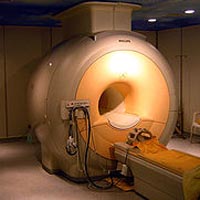 Arachnoid cysts are usually revealed and differentiated with other types of cyst with magnetic resonance tomography, often as «Nakhodka» During the examination on another occasion.
Arachnoid cysts are usually revealed and differentiated with other types of cyst with magnetic resonance tomography, often as «Nakhodka» During the examination on another occasion.
To avoid the increase and appearance of new cyst, doctors should clearly understand and treat the root cause of their occurrence. Therefore, a thorough examination of the patient is carried out on the subject of circulatory disorders, infections, autoimmune diseases.
So, if a brain cyst suspected, except for magnetic resonance tomography, the following types of surveys and diagnostics are held:
- Doppler Study of the Vessels of the Head and Neck helps to detect the narrowing of the vessels providing the brain with arterial blood. The lack of blood supply can lead to the focal death of the brainstant and the appearance of a cyst.
- Heart studies. The brain may not be sufficiently provided with blood due to rhythm violations or heart failure.
- Blood test for clotting and cholesterol. Increased cholesterol concentration and increased clotting - the main reasons for the blockage of the vascular of the brain, followed by the formation of a cyst. This problem is easily solved with the help of modern drugs.
- Monitoring arterial pressure. Episodic pressure lifts - a frequent cause of strokes and afterlime cyst. The monitor is a small tidward, which is constantly constantly with the patient and writes its blood pressure on the memory card. Then the data is read by the computer and give the doctor a complete pressure picture per day.
- Blood tests on infections and autoimmune diseases of the nervous system. Performed in case of suspicion of neuroinfection, arachnoiditis, multiple sclerosis.



